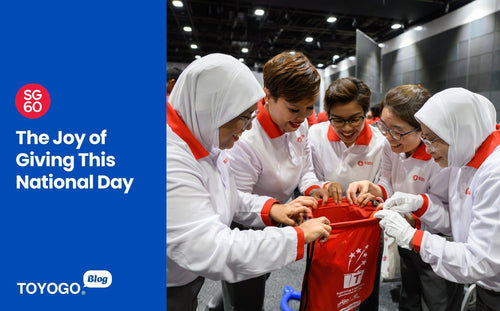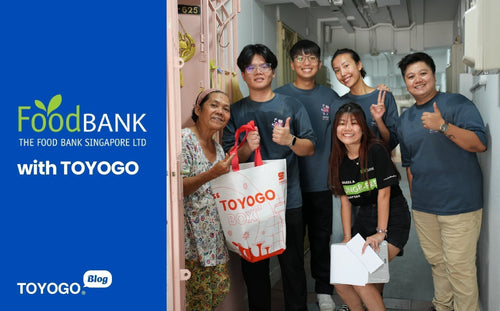Delivery surcharges. Hidden fees. Longer waiting times. If you’ve been shopping online in Singapore, you’ve probably noticed that the “free shipping” promise doesn’t always feel so free. Just like every other businesses, Toyogo is doing our best to tackle this issue and keep things fair for you.
What are delivery surcharges (and when do they apply)?

Couriers often add extra fees on top of base delivery costs, triggered by factors like:
1. Remote / out-lying locations
– Some zones take more time or fuel to reach.
2. Restricted or secured areas
– Hospitals, shipyards, or buildings needing passes or long walks from the vehicle.
3. Late-night / peak-time deliveries
– Off-hours or high-demand slots usually cost more.
4. Oversized or heavy items
– Bulky parcels are more labour-intensive (may need lift access or extra manpower), causing the cost to go up.
5. Rising operational costs
– Fuel, labour, and utilities have all gone up. For example, the national postal provider cited manpower/fuel/electricity as reasons for rate increases.
It just keeps getting more expensive. But, why?
Beyond surcharges, here are some macro- and logistical reasons why delivery costs have been going up:
1. Inflation and input costs
– Drivers, fuel, insurance, and utilities all cost more. The cost base for logistics is higher.
2. Higher volumes, more stops
– With more e-commerce shopping, couriers are handling higher volumes. This leads to more stops and time per parcel.
3. Faster service expectations
– Consumers expect faster, trackable, convenient delivery. Investments in tracking and infrastructure add expense.
4. Lower mail volumes
– Fewer items mean higher cost per delivery.
5. Rising COE costs
– In Singapore, soaring Certificate of Entitlement (COE) prices significantly raise vehicle ownership costs for logistics firms, driving up overall delivery expenses.
Don't worry! To avoid unpleasant surprises and make the most of shipping offers, here's how to save on delivery:

1. Check location restrictions
– Some addresses incur surcharges.
2. Understand the weight/size limits
– Flat rates may not cover bulky items.
3. Read the fine print
– “Free” may exclude certain areas or require a code.
4. Choose standard shipping
– Slower options often save you money.
5. Bundle orders when possible
- Ordering more items in one go often helps reduce per-item shipping overhead.
Toyogo never factors delivery costs into product prices. Many of our customers visit, buy, and collect their orders themselves, which lets us keep product prices lower without passing delivery costs onto buyers.
We recognize that shipping costs matter — both to you (the consumer) and to us (as the retailer). We try our best to keep things transparent and at a good value. Here's our approach:
Tiered shipping rates
1. Orders below S$199.99: S$20 shipping
2. Orders S$200–S$399.99: S$10 shipping
3. Orders above S$400: Free shipping
This structure means the more you shop, the lower your shipping burden becomes. We aim to align value with cost.
We subsidise part of the cost ourselves so you don’t bear it all. No hidden fees — the rate you see at checkout is what you pay. We also optimise fulfilment to keep costs low and pass savings on to you.
Our free shipping threshold (S$400) is designed to be sustainable — rewarding higher-value orders while keeping logistics fair.
Final Thoughts

Delivery may not seem like much, but it’s a major cost in online shopping. By understanding surcharges and how Toyogo structures rates, also taking advantage of self-collection, you can make smarter choices and save.
At Toyogo, we’re committed to clarity, fairness, and value, so you always know what you’re paying for and why. So next time you shop, you’ll know a little more of what’s going on behind the scenes and how we’re working to keep your shipping cost as low as possible.
Happy shopping!























